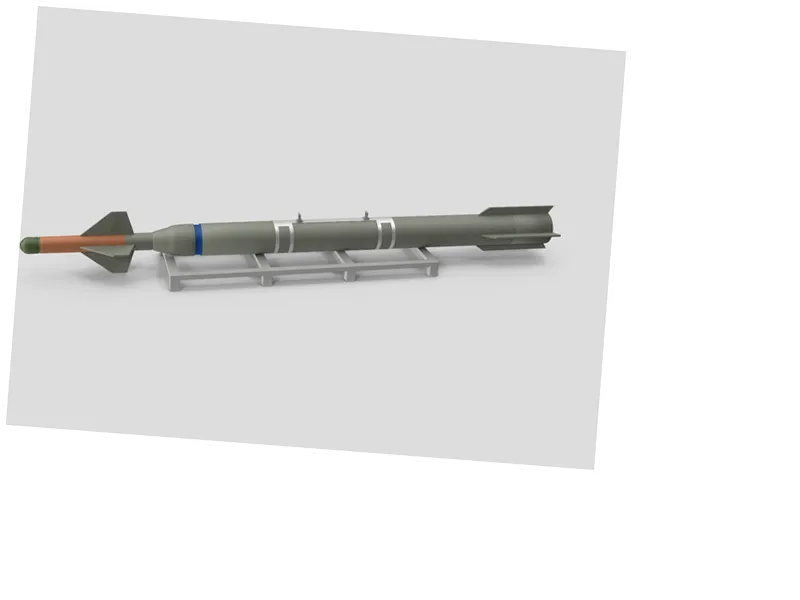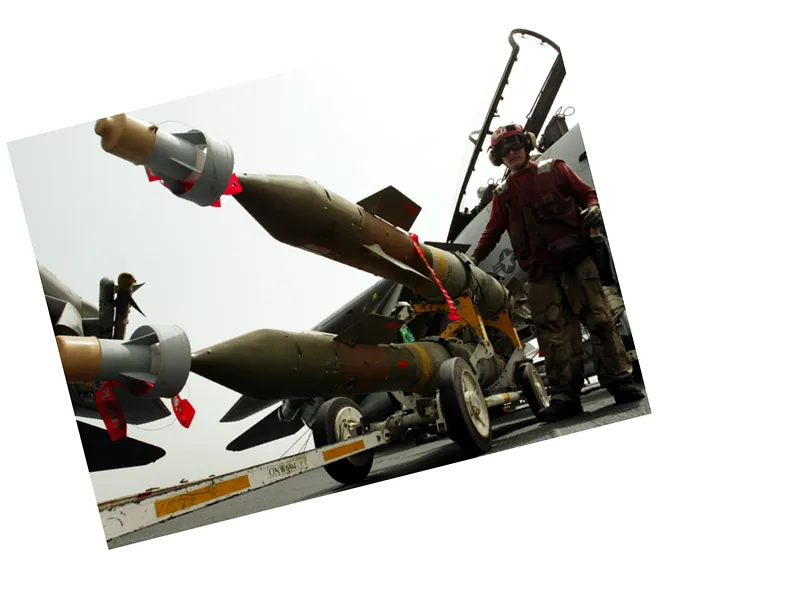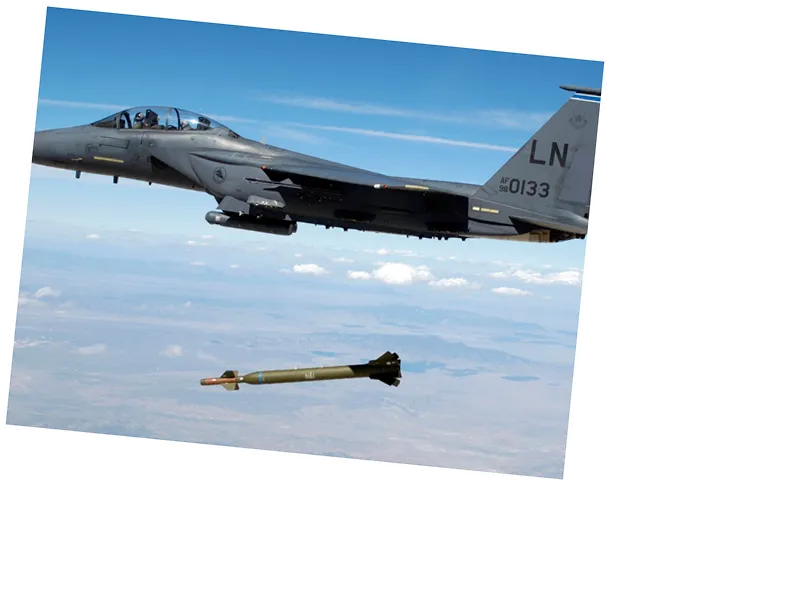The GBU-28: A Powerful Bunker Buster Bomb
The GBU-28, commonly referred to as the bunker buster, is one of the most formidable weapons in the US military arsenal. With the ability to penetrate over 30 meters underground or through 6 meters of concrete, this bomb is designed for maximum destruction of fortified targets using advanced laser-guided technology. Initially manufactured for use against deeply buried Iraqi facilities during the Gulf War, the GBU-28 has a long and complex history of development and deployment.
Historical Context and Development
The development of the GBU-28 began in February 1991, prompted by the need for a more effective bomb to target Iraqi military strongholds that conventional munitions could not penetrate. The bomb was rapidly designed, tested, and deployed, marking a significant achievement in military engineering with the shortest development cycle of any weapon in history. Weighing approximately 2,000 kilograms, the GBU-28 features a warhead that contains nearly 286 kilograms of explosives, housed in a reinforced shell made from surplus cannon cylinders, allowing it to withstand extreme conditions before detonation.
Mechanism and Impact of the GBU-28
The GBU-28 operates on principles of physics that maximize kinetic energy for effective penetration. The bomb's design includes a time-delayed fuse that detonates after it has penetrated its target, ensuring that the explosion occurs within the fortified structure, thereby causing catastrophic damage. This mechanism has been employed in various military conflicts, including significant operations in Iraq, Afghanistan, and Lebanon. In recent events, the GBU-28 was used in a high-profile strike in Beirut, resulting in the assassination of key figures, showcasing its ongoing relevance in modern warfare.





